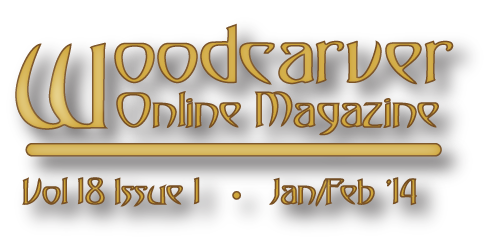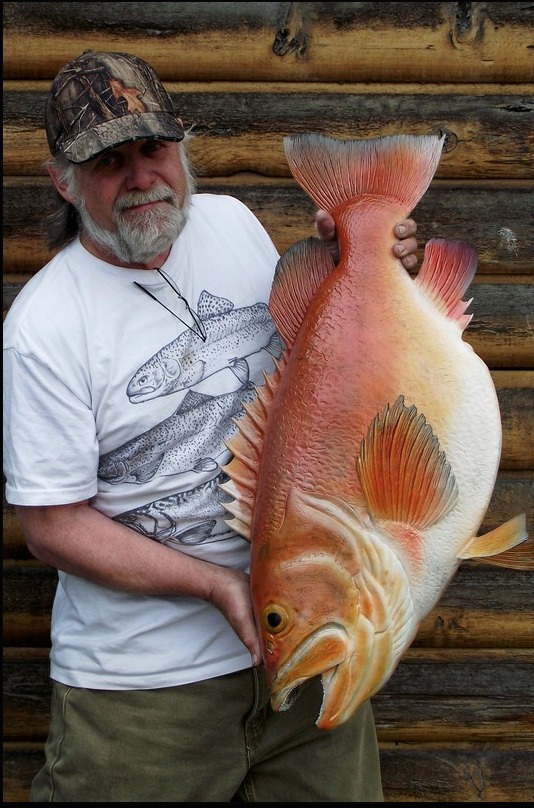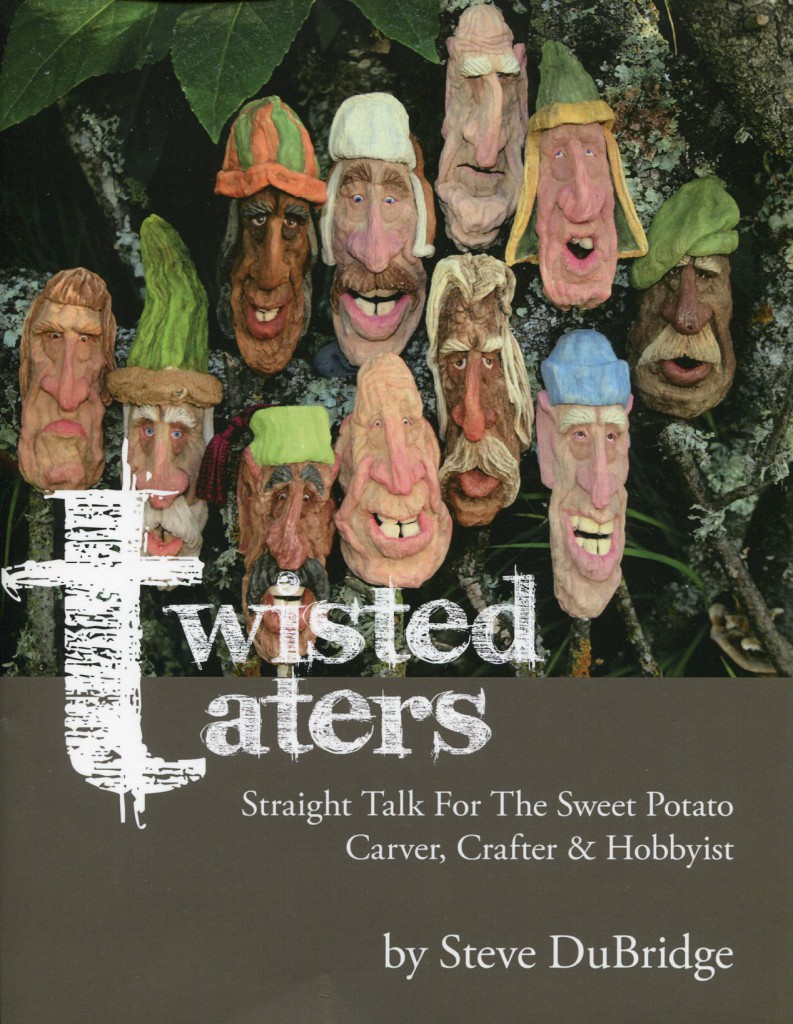Volume 18 Issue 1 — Part 2 Articles Now Available
Hello, Friends in Carving -
The articles for Part 2 of the January/February 2014 issue of WOM are now available . You’ll find them following this article.
Before you get to those, I’d look to point out a new feature just added to WOM — see that little box at the top of the right side bar? That is a search box, with gives you the ability to search back issues of WOM. Using key word searches, you can much more quickly find, for example, all articles about the International Woodcarver Congress, or caricature carving, or patterns. At the moment, search only works with WOM entries from 2012 forward; short index articles need to be written for older WOM articles. Once done, you’ll be able to search issues back to January/February 1997.
In part 2 of this issue — and available now:
Dan Blair on Playing With Fire
Review: Twisted Taters by Steve DuBridge
Caricature Name Tags — Club Project by Jim Oehmke
In Future issues
Photo Gallery: Gathering of Woodcarvers Reunion ’13
Photo Gallery: 2013 Husky Cup
Photo Gallery: International Woodcarvers Congress 2013
Enjoy!
Matt Kelley
Editor/Owner























Recent Comments